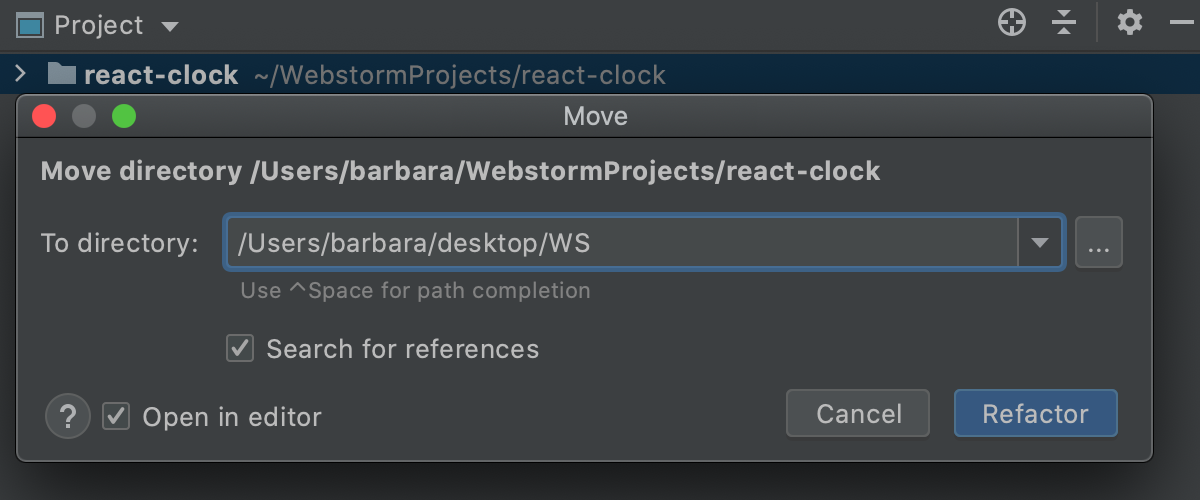

The issue I face with WebStorm, and other IDEs is I have to set the folder that contains node in about 4 to 6 different places per project. These variables are great when you are doing development in BASH, and writing a shell script. It also updates MANPATH, NVM_BIN & NVM_PATH.
Program path not specified webstorm update#
If you want to change the version in the current shell, you can type “nvm use v4”, and it will update your PATH accordingly. It should now be clear that all the installed versions are in ~/.nvm/versions/node by default: $ ls ~/.nvm/versions/node v4.5.0/ v6.6.0/ v6.9.1/ It does this by adding the it to the beginning of the shells PATH. The nvm.sh script will automatically use the default version in a new command line shell. The remaining items are aliases (default, stable, node & iojs). The first 3 items are the versions of node I have installed (v4.5.0, v6.60 & v6.9.1) However, the technique can be used with other IDEs or scripts as well.įrom the command line you can ask nvm to list which versions are installed with ‘nvm ls’. I’m going to be discussing the problem I have with WebStorm everytime I upgrade my version of node using nvm. This is great for the command line, but not so great for various IDEs that request the location of your node interpreter.
Program path not specified webstorm install#
“$NVM_DIR/nvm.sh” # This loads nvmĪs it says above, nvm install everything it needs in your ~/.nvm folder and creates a number of bash variables to manage the version you are using. The script clones the nvm repository to ~/.nvm and adds the source line to your profile (~/.bash_profile, ~/.zshrc, ~/.profile, or ~/.bashrc). Described as a Simple bash script to manage multiple active node.js versions, it is easy to install with a command line install script. I personally use nvm (Node Version Manager) both for development, and even on the server. Especially when you consider the various versions, including LTS, and how quickly the release cycle seems to be. And, instead of maintaining a single version, you probably want to be able to install multiple versions, switch between them, and make it easy to upgrade. If you do a fair amount of node development, or like me teach in the environment, updating node is a common task. TL/DR: If you use nvm, setting NVM_SYMLINK_CURRENT=true creates a symbolic link, $NVM_DIR/current whenever you switch node versions, which can make updating node much simpler for WebStorm or any other IDE.


 0 kommentar(er)
0 kommentar(er)
